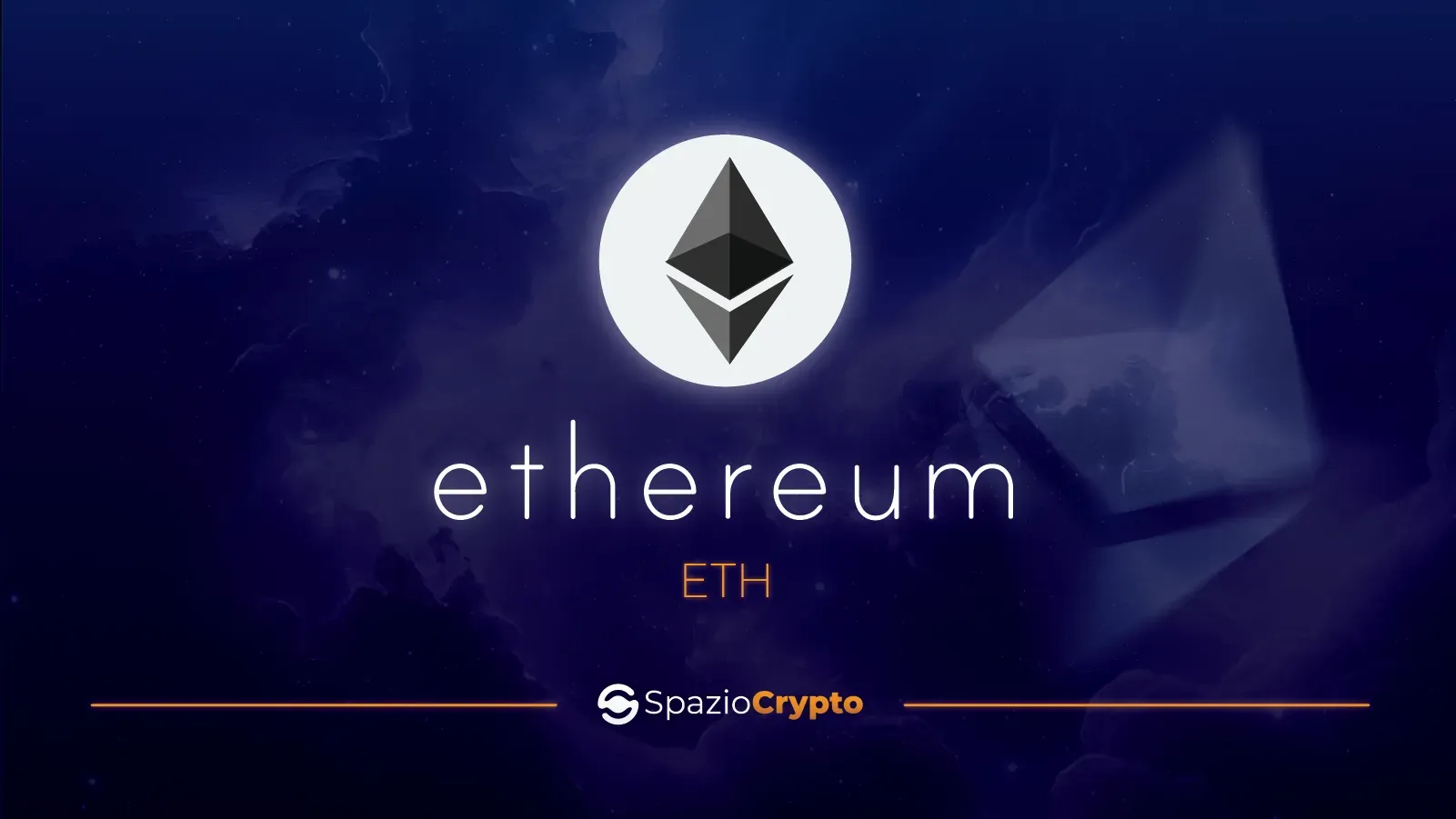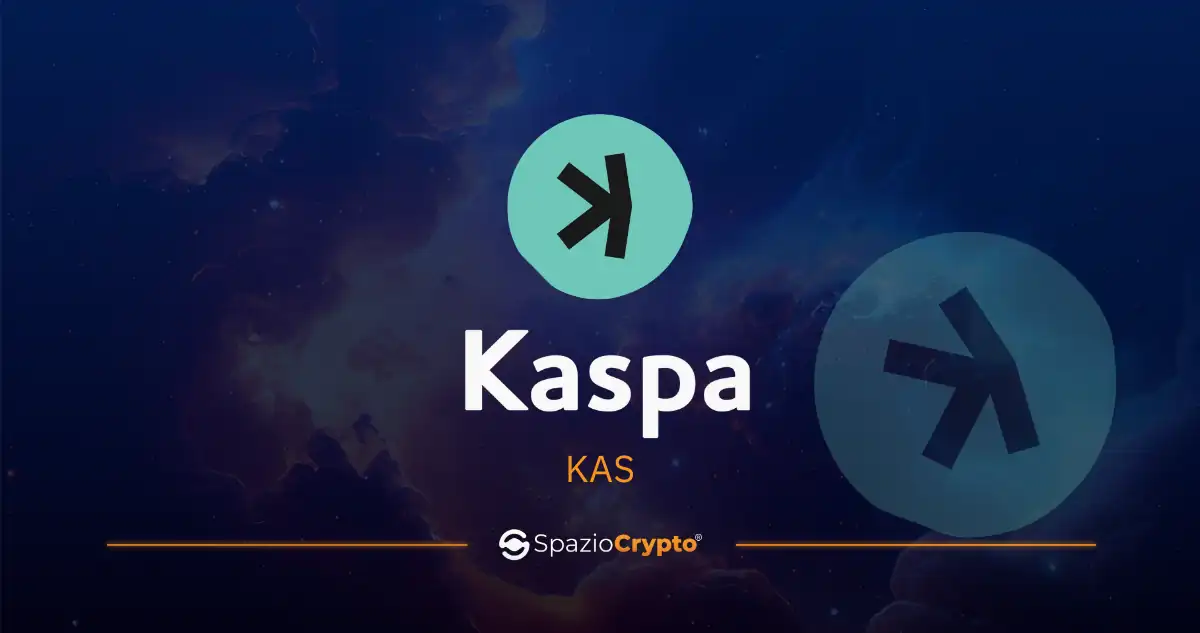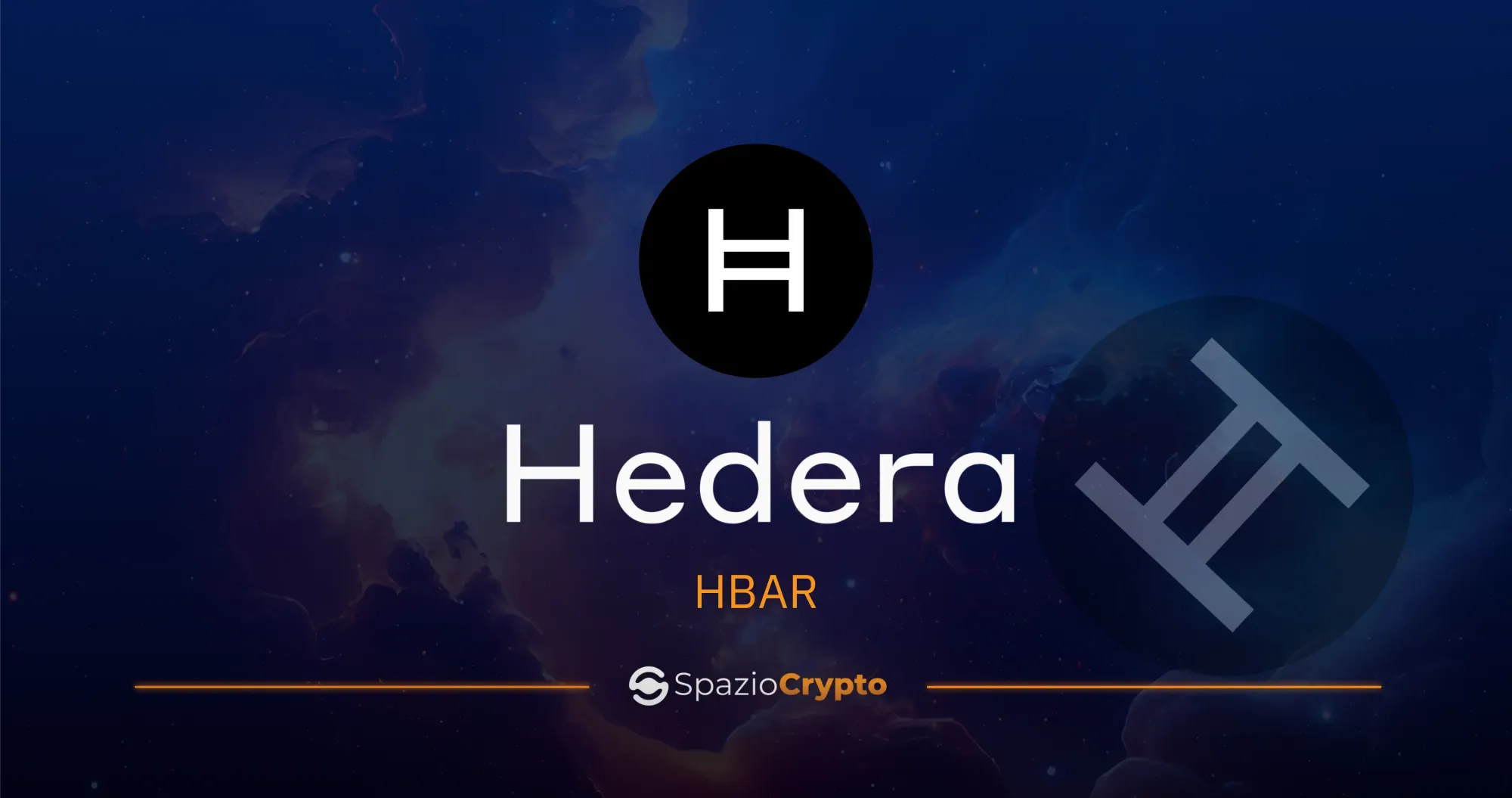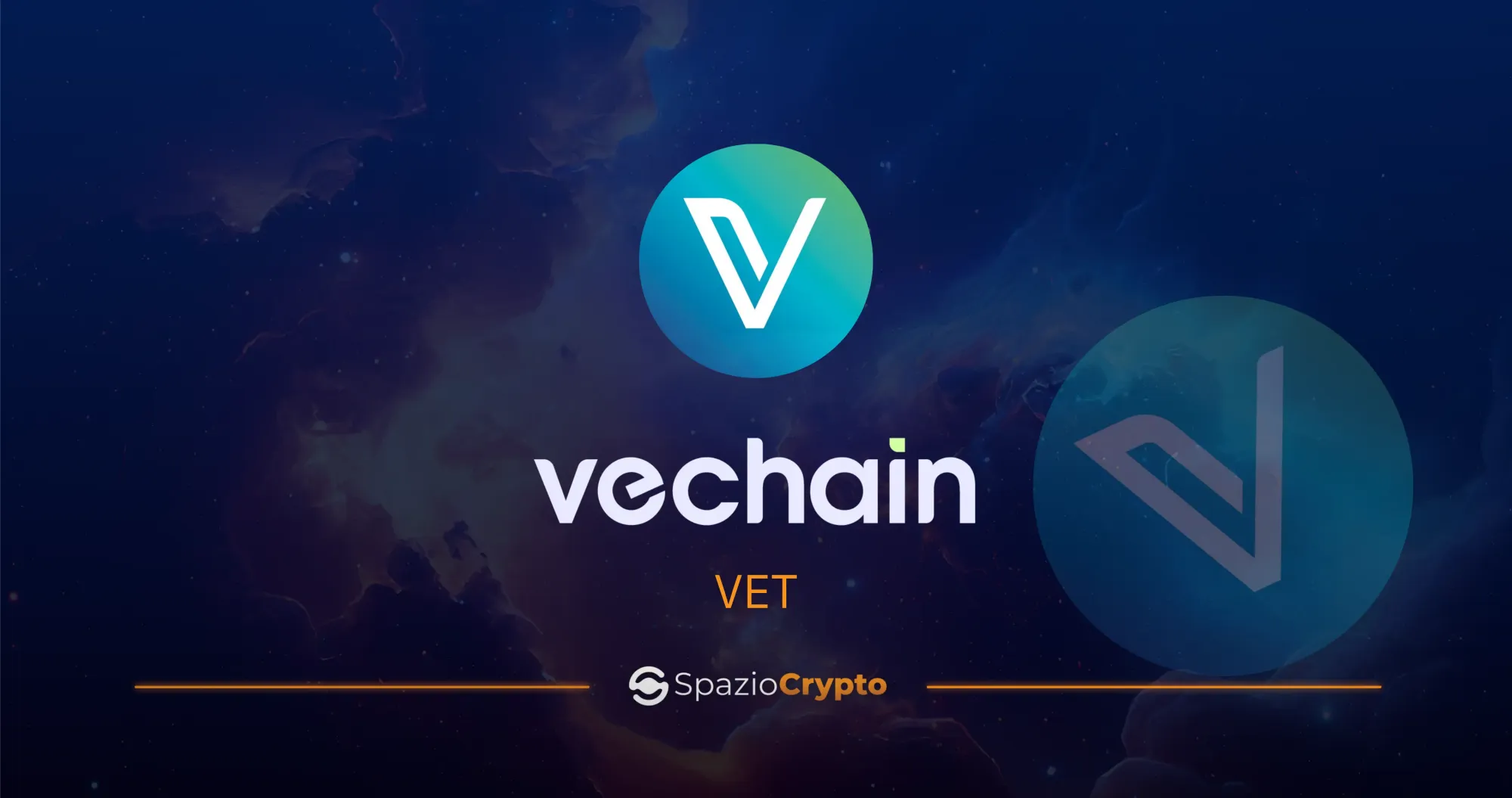Second in capitalisation but first in innovation, Ethereum is the first Layer 1 in history. It was born from the genius of Vitalik Buterin in 2014 and its history is full of adventures, going from sensational hacks to revolutions in the consensus system. Hated and loved, Ethereum has remained for years the reference point for developers from all parts of the world and the main chain where capital flows, making it the chain with the largest LTV in the entire blockchain landscape.
It was born as a Layer 1, but at the time the term had no meaning. Ethereum was in fact born as a blockchain that wanted to allow its users to perform more complex transactions than those that were (and are) supported on Bitcoin, through so-called smart contracts. To this end, Ethereum relies on a programming language called Solidity, a turing-complete programming language designed specifically for writing smart contracts. Today, Solidity is the language of reference for several protocols, although viable alternatives are spreading. All of this is powered by its ETH cryptocurrency.
In 2014, Ethereum's start-up was realised through the sale of the ETH cryptocurrency in exchange for BTCs, with a value of a few cents per ETH.
What is Ethereum today?
Let's leave the past and Ethereum's history behind and focus instead on what Ethereum is today. With the infamous Merge, Ethereum began the process of abandoning the Proof of Work block validation system, switching to the less "expensive" and more modern Proof of Stake. It was quite a long and complex process, yet today the blockchain is based solely on POS, without ever having encountered any hiccups during the evolution of the process. This has significant consequences for the entire protocol: both technologically and economically.
Ethereum's Technical Details - Proof of Stake, Validators and Rewards
From a technical point of view, Ethereum boasts the largest number of validators. There are in fact more than 900,000 of them scattered around the world, a disproportionate number compared to the number of its main competitors. Solana, for example, which we have already mentioned, boasts around 2,000.
Ethereum's Proof-of-Stake blockchain, called the Bacon Chain, validates 32 blocks in a period of 6.4 minutes, referred to as the 'epoch'. Within a blockchain, an epoch is a unit of time measurement that represents a specific period in which crucial events occur in the network. These events may include the assignment of a new set of validators or the distribution of rewards to stakers.
In the context of Ethereum, an epoch represents the time it takes the network to validate 32 blocks, remembering that each block is essentially an accounting ledger containing transactions. For each block, a group of 128 stakers is randomly selected, each of which is randomly assigned a block fragment. Since there are 32 blocks, as many groups of stakers are needed to complete an epoch.
Randomly, one of the members of the group of stakers is chosen and has the right to propose a new block of transactions, while the other 127 members simply approve it. Once the block is approved, rewards are distributed. The node with the right to propose receives 1⁄8 of the basic reward, while the other members get the remaining ⅞.
To become an Ethereum validator, one must start by installing software on a computer that can communicate with the Ethereum network. The primary condition to become a validator is to possess a significant amount for staking, which is currently set at a high value of 32 ETH. However, for those who wish to participate in staking with a smaller sum, there is the option of joining a staking pool. In this context, third parties collect and deposit the funds of a group of users, enabling them to reach the minimum requirement to become validators without the need to directly own the entire required sum. Arguably, the easiest method for an ordinary user is to rely on a liquid staking service, in fact Lido Finance represents the validator with the most power, yet also poses a potential threat to Ethereum's decentralisation and security.
As suggested by the Ethereum platform itself, the option 'only staking' represents the solution involving direct deposit for those aiming to staking the 32 ETH required to become validators. This option allows full participation in the rewards, but requires not only the minimum amount of 32 Ether, but also a computer that is always connected to the Internet and some hardware expertise. It is important to note that there is an ETH penalty if the computer goes offline.
Alternatively, for those who always have 32 ETH but have limited hardware skills, there is the option of outsourcing the validation task to a third party. However, it should be considered that in this way you will lose some of the rewards.
The Value of the ETH Coin - Tokenomics and Inflation of Ethereum
From an investor's perspective, ETH has become much more attractive. While assets with a fixed total supply, such as Bitcoin, are commonly referred to as 'sound money', proponents of Ethereum argue instead that ETH represents an 'ultrasound money' concept, as it could evolve into a deflationary asset over time. Due to the switch to POS, the issuance of ETH has been reduced by about 90 per cent. but validators have not been affected at all. In fact, part of the fees paid on-chain by users will be redistributed to validators as a reward.
Ethereum in fact boasts the best monetary policy around. Here's why:
- There is no limit on the supply of ETH: a 0.5 per cent annual limit on new issues is set. However, to compensate for this, a "burning" system has been implemented.
- Burning system: A part of the users' fees is burned, while another part goes to the stakers.
Inflation and Deflation in Ethereum (ETH)
We have seen during recent analyses how there is a tendency to prefer tokenomics without a cap. We have recently analysed how Polygon has changed the characteristics of its tokenomics by abolishing the money cap. A certain degree of inflation does indeed seem necessary. If validators are only remunerated by the users of the chain, but ETH currency is deflationary, why should people spend ETH if it will be worth more next year? This is the same concept on which the real economy is based. In fact, both excessive inflation and deflation are dangerous scenarios.
We have recently experienced the effects of high inflation in Europe. In Asian countries, on the other hand (e.g. Japan), where the propensity to save is much higher, deflationary scenarios arise. During these periods, the economy struggles to grow, because if the population does not spend its savings, traders are forced to lower consumer prices. Consumers on the other hand, seeing a constant reduction in consumer prices, will continue not to spend their money knowing that in a year's time prices will be even lower. It is a dog biting its own tail, a spiral that could actually lead to the collapse of the economy. Fortunately, central banks can use the tool of inflation to slow or stop this process.
Similarly, the Ethereum protocol relies on inflation to incentivise users to spend their ETH and thus, fund validators while keeping the chain operational and secure. On the other hand, the incentive and burning system eliminates the risk of "drugging" the system and devaluing ETH.
To conclude, just as the world's best economists have identified 2% as a fair inflation rate for the FIAT currency to ensure steady economic growth, the Ethereum foundation has identified 0.5%.
An inflation rate of 0.5% will make validators satisfied even without transaction fees. Thus, people will start spending ETH when the chain is not clogged, because without ETH transactions it is inflationary. Once people start using ETH, they will generate commissions to burn and ETH will become deflationary. If it becomes so deflationary, people might start keeping their ETH in their portfolio and not spend it on-chain. This will reduce the fees to burn and decrease the deflationary rate, incentivising people to spend ETH again. This dynamic is astonishing.
What Future Awaits Ethereum? An Analysis of Perspectives in Evolution
Many are critical of Ethereum, the main reason being the high fees that the network charges. Gas fees, are for Ethereum the fuel that allows it to operate. Performing any operation on Ethereum requires the consumption of gas, but the gas space per block is limited. If there is little space, the user who wants a fast transaction will have to offer a higher reward to make the transaction possible quickly. This obviously drives up costs. However, the amount of fees is determined by the market, so evidently many are willing to pay high fees to perform transactions on the most decentralised and secure Layer 1 in the world. In any case, there are many proposed solutions, and the one that seems to have caught on is that of building Layer 2s that are based precisely on ETH.
Ethereum could thus become a hub on which many small blockchains rely to borrow its security, moving day by day away from the original idea of implementing sharding to scale the blockchain, as happens in MultiversX for example, which we have already discussed in this guide. Polygon represents the very first solution of this type, but to date there are many Layer 2s of different types. Arbitrum, Optimism, Scroll or zkSync are just a few, but that is outside the focus of this article. We see a future in which only layers relying on Ethereum or large applications will interact directly with the chain, while the individual user may turn to alternative solutions. These alternatives should not only ensure a comparable level of security but also offer considerable scalability.
While looking for solutions to improve scalability, many protocols leverage Ethereum's security and decentralisation to create innovative applications. Lately, a hot topic is restaking, or Staking As A Service (SaaS), which consists of leveraging the security of the Ethereum protocol and through ETH staking, validating other applications. These are truly complex concepts to digest, but they add value to the blockchain and the currency that supports the entire ecosystem.
Ethereum - Reliability and Guarantee
In spite of the high fees issues, it is crucial to recognise the importance of Ethereum and not to label it as an unusable protocol. On the contrary, the high cost of fees translates into a tangible guarantee and the trust of investors and users.
It is crucial to emphasise that Ethereum is the only blockchain that can successfully market its product, i.e. blockchain space, at a price that is higher than its production costs. This positions it as the only 'profitable' blockchain in the world.
In conclusion, Ethereum establishes itself as the second most trusted currency after Bitcoin, offering a secure anchor for those wishing to invest in the world of cryptocurrencies. In this ever-evolving environment, Spaziocrypto remains committed to providing timely updates and insights to guide you through the challenges and opportunities that Ethereum and the cryptocurrency world present. Stay tuned, as Spaziocrypto will be by your side on this fascinating journey into the decentralised financial future.








